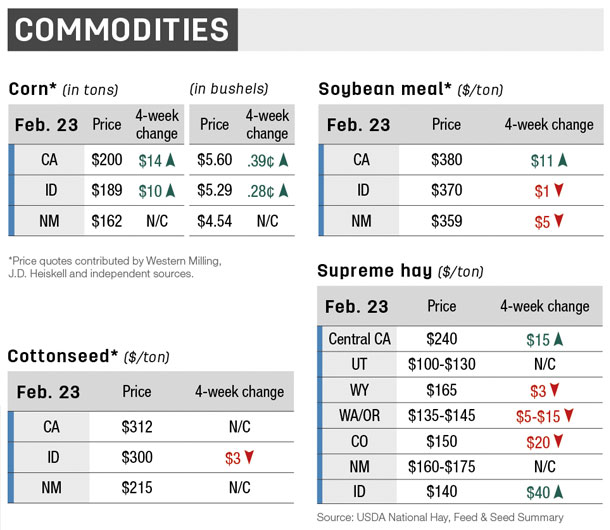A common belief is that A.I. is too costly. Regardless, the decision between A.I. and natural service involves some trade-offs – and thus requires an economic comparison. Since a breeding program is so critical to our bottom line, here are a couple of considerations to help set us up for success.
1. Consider implementation costs – First, it is important to consider management needs. Typically, when using A.I., we need to pay a technician for the breeding, need more help working cattle and spend more time managing the breeding program (i.e., estrus synch, gathering supplies, decisions about who gets what semen).
An effective A.I. program requires estrus detection, so have a protocol identified and supplies ready. Additionally, if using A.I., make sure the appropriate working facilities and equipment are in place since cows will be worked several times.
2. Consider value added to calves – More calves are usually born earlier using A.I., which results in a more uniform calf crop. Uniformity can also be attained using similar genetics at breeding time. At weaning, uniformity normally translates into increased value for calves. More calves born earlier also means that calves are older at weaning, so they weigh more, which adds value.

Herds using A.I. also have access to superior genetics and high-quality bulls at a cheaper price. A.I. can help producers achieve more rapid genetic progress and access to value-added markets.
3. Consider cost of sires – Fewer bulls need to be purchased using A.I.; however, that also means less income from cull bull sales. Depending on the bull market, higher-quality genetics can be cheaper with purchasing semen versus trying to purchase a high-quality bull for natural service.
With fewer bulls using A.I., there is reduced cost for feeding, maintaining and keeping bulls healthy. However, some years feed and maintenance costs are low, making this less significant.
The need for data to support a good economic comparison is the common link among each consideration. Selecting the right option can be difficult. However, the right breeding program is the one that best fits your operation’s resources and goals. ![]()
Jason K. Ahola, an associate professor, beef management systems at Colorado State University, contributed to this report. Email Jason K. Ahola.

-
Ryan D. Rhoades
- Assistant Professor
- Beef Extension Specialist - Colorado State University
- Email Ryan D. Rhoades






